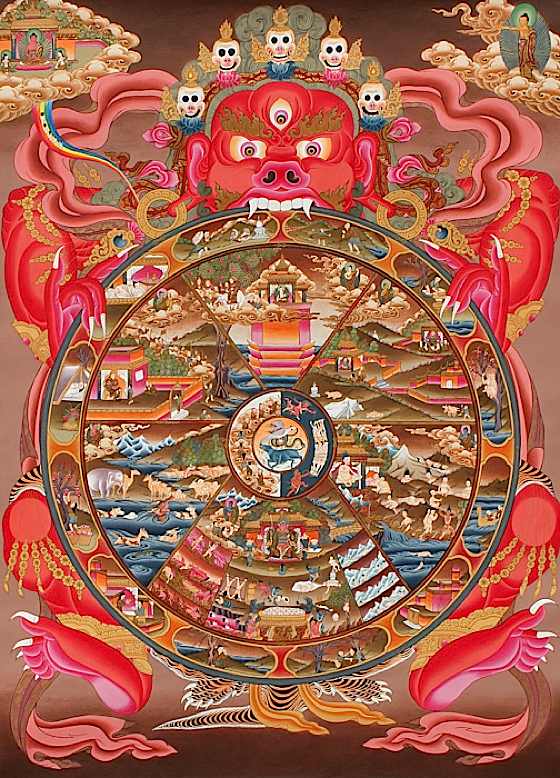

Red Background: Mar-tang: Gold line, but referring to the gold line on Vermilion Thangka Painting Technique/ Processes Gold Background: an auspicious treatment, used judiciously for peaceful, long-life deities and fully enlightened Buddhas Painted in colors: Tson-tang – the most common typeĪpplique: Go-tang: the one which uses needle workīlack Background: Nag tang: meaning gold line on a black backgroundīlock prints: paper or cloth outlined renderings (by woodcut/woodblock) Here are some further classifications of the Thangkas types: Generally, Thangkas are broadly classified in two groups: those which are painted and those made of either silk, by embroidery or applique.

The Thangkas are of different types according to the materials and the technique used during the painting. However, the Tibetans do not allow selling the Thangkas on a large scale.Īnything You Want to Know about the Thangkas The Newari Thangkas or Paubhas have become a part of Kathmandu valley since the 13 th century. The Thangka painting provides a sustained employment to the people in the hills of Nepal. But, nowadays it has taken a commercial fame. Initially, the Thangkas were painted as a way to gain merit. The Thangka became popular in the Northern Himalayan regions among the Lamas along with the Gurungs and Tamang. The paintings in Nepal involved the unique combination Nepalese style figures with the Chinese background making them distinctive. The research and studies during the reign of Tibetan Dharma King Trisong Duetsen confessed that the lining, measurements, customs, implementations, and ornaments in Thangkas were of Indian style. Thangkas in Nepal previously were simple in design where the smaller deities surround the centrally located large figure. The share of their origin may go to the Nepalese artists along with monks and traders. The religious paintings are called Paubhas in Newari and Thangka in Tibetan.

The paintings during that time used the symbols mainly emphasizing on the female element and sexuality. The other deities like Mahakala, Manjushri, and Lokeshwara also became popular and became the part of the Thangka in later days. The Thangkas demonstrated the forms of Shiva and Shakti in conventional poses. In the eighteenth century, after the introduction of paper, the paintings became brighter due to the use of colors. The Nepalese art then flourished to China in the thirteenth century by Araniko. For example, Astasahasrika Prajnaparamita in Patan in 1999 AD. Numbers of manuscripts were copied in Kathmandu to supply to Tibet. During the 7 th century, the demand for religious icons and Buddhist manuscripts in Tibet increased. These Paubhas are of two types, the Palas which illustrate the paintings of the deities and the Mandala which are mystic diagrams of the complex test in circles and squares with distinctive importance. There was evidence of the Tibetan and Chinese influences in Nepalese paintings like Paubhas (Thangkas). Historically, the Nepalese styles made a significant influence in Tibet art. In Nepal, the history of the Thangkas dates back to the 14 th century. The Thangkas took their form alongside the wall paintings in the monasteries in Tibet. The places have large wall-paintings and are the deep storage of the Tibetan paintings on cloth. However, they now exist only in certain places like Ajanta Caves in India and Mogao Caves on the Silk Road. The Tibetan Buddhist painting is a widespread tradition of early Buddhist paintings. Willing to Take the Marvelous Art Home with You?.Major elements used in Thangkas to represent the Buddha.Anything You Want to Know about the Thangkas.


 0 kommentar(er)
0 kommentar(er)
